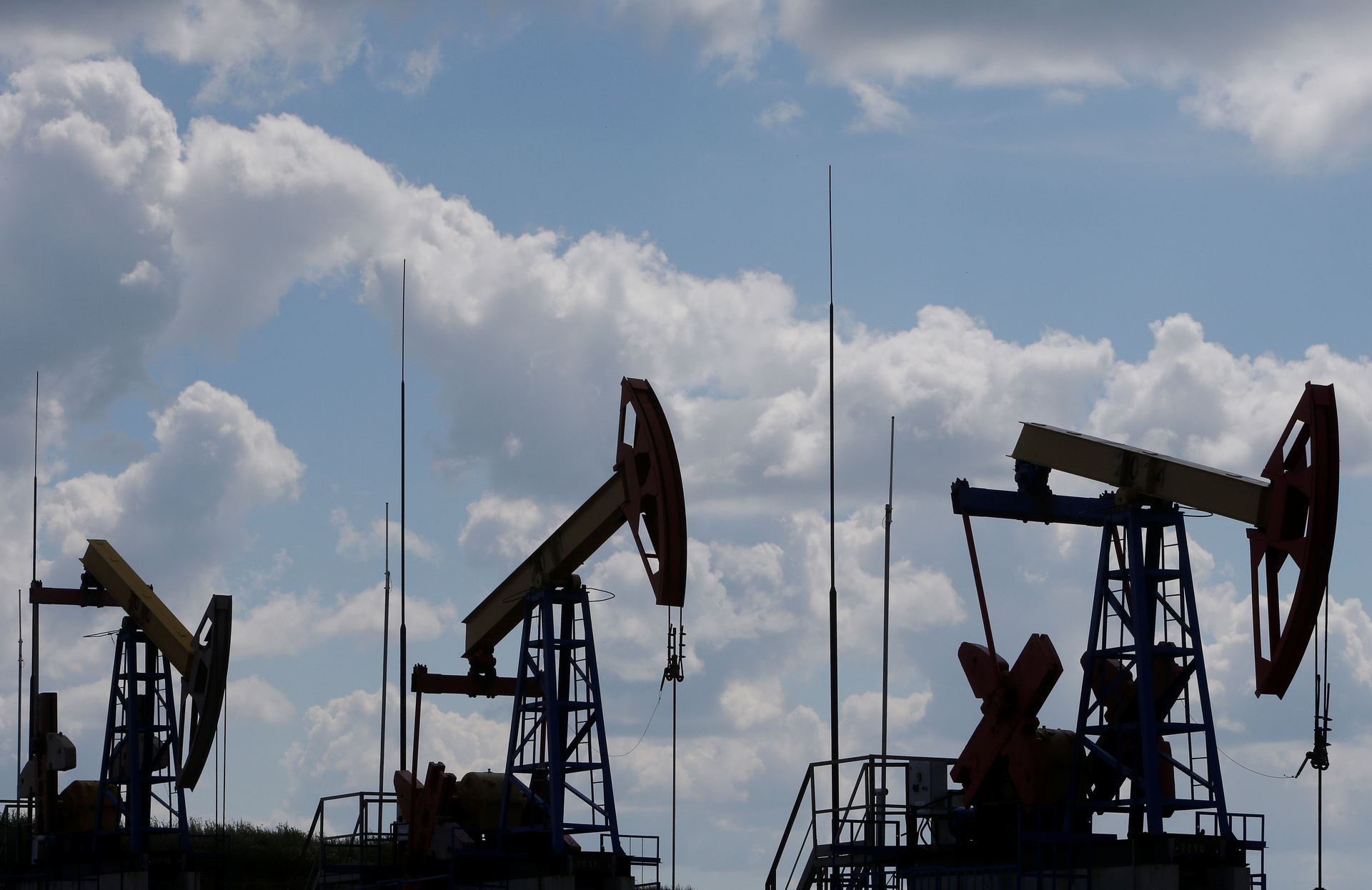On Monday, November 1, the Russian currency depreciated moderately during the opening of trading on the Moscow Exchange.
The dollar rate rose by 0.5% - to 71.34 rubles, and the euro rate - by 0.1%, to 82.04 rubles.
In October, the national currency was able to appreciably rise in price.
So, over the month, the dollar rate dropped by 2.4% - to 70.96 rubles, and the euro rate - by 2.6%, to 81.92 rubles.
Meanwhile, at the end of October, the values briefly dropped to 69.21 and 80.42 rubles, respectively.
The last time similar indicators could be observed in the summer of 2020.
A sharp rise in world prices for energy resources provided significant support to the ruble in October, said Alexander Bakhtin, investment strategist at BCS World of Investments.
Thus, during the month the price of Brent crude oil rose above $ 86 per barrel.
This happened for the first time since October 2018.
At the same time, gas on the European market rose in price to almost $ 2,000 per 1,000 cubic meters - the highest level ever observed.
Oil quotes were largely influenced by a shortage of raw materials on the world market, as well as restrictions on hydrocarbon production by the countries participating in the OPEC + deal.
In turn, the rise in gas prices in Europe was due to the lack of fuel in the storage facilities of the countries of the region.
Now the price of a barrel of Brent oil has slightly corrected - to $ 83-84 per barrel.
At the same time, the cost of European gas dropped below $ 780 per 1,000 cubic meters, but still remains three times higher than at the beginning of the year.
“In November, relatively high prices for energy raw materials will continue to play in favor of the ruble.
Oil quotes may resume growth if OPEC + countries maintain conservative production growth rates.
At the same time, the resolution of the energy crisis in Europe is unlikely in the near future, which will continue to affect the price of gas, "said Alexander Bakhtin in a conversation with RT.
Reuters
© Sergei Karpukhin
The actions of the US Federal Reserve may exert some pressure on the Russian currency in the coming month.
This point of view in an interview with RT was expressed by the analyst of FG "Finam" Andrey Maslov.
According to him, in early November, the American regulator may announce a change in its monetary policy, which should affect the dynamics of the dollar exchange rate.
In 2020, the United States Federal Reserve cut its interest rate to near zero and launched a quantitative easing program.
The Fed began printing dollars and buying up government bonds in an unlimited amount on the stock market.
Such a policy was supposed to lead to an increase in the money supply in the financial system and accelerate the economic recovery after the crisis.
At the same time, the actions of the Federal Reserve became one of the reasons for the acceleration of inflation in the United States.
“Now investors and analysts are awaiting the November meeting of the FRS, at which the start of curtailing the program for buying US government bonds may be announced.
This should have a positive effect on the American currency and, accordingly, may somewhat weaken the position of the ruble against the dollar, ”said Andrey Maslov.
However, support for the ruble in the near future will have the effect of raising the key rate of the Central Bank.
Mikhail Shulgin, head of the global research department at Otkritie Broker, shared this opinion with RT.
Recall that since the beginning of 2021, as part of the fight against the rise in consumer prices, the Bank of Russia has already raised the key rate six times and brought it to the level of 7.5% per annum.
Meanwhile, at the end of October, annual inflation in the country accelerated further and for the first time in five years approached 8%.
In these conditions, by the end of 2021, the Central Bank may again raise the interest rate, Shulgin is sure.
“The regulator can raise the rate to 8%, but the option of raising it to 8.25-8.5% per annum is not ruled out.
The high level of interest rates encourages capital inflows into the money market and into federal loan bonds.
This, in turn, together with Russia's seasonally strong current account will further strengthen the ruble against most currencies in developed and emerging markets, ”explained Mikhail Shulgin.
In addition, according to Alexander Bakhtin, foreign exchange market players still positively assess Russia's “solid macroeconomic basis”.
In particular, we are talking about a high level of accumulated reserves, a low level of public debt and a conservative budget policy.
Against this background, until the end of November, the dollar rate will remain within 69-73 rubles, and the euro rate - close to 81-84 rubles, Bakhtin predicts.
“According to our baseline forecast, by the end of this year the dollar exchange rate will be on average at the level of 71.5-74 rubles, and the euro rate - in the region of 82-86 rubles.
However, in the short term, we admit a decrease in rates to 68 rubles per dollar and 78 rubles per euro, ”Maslov concluded.

